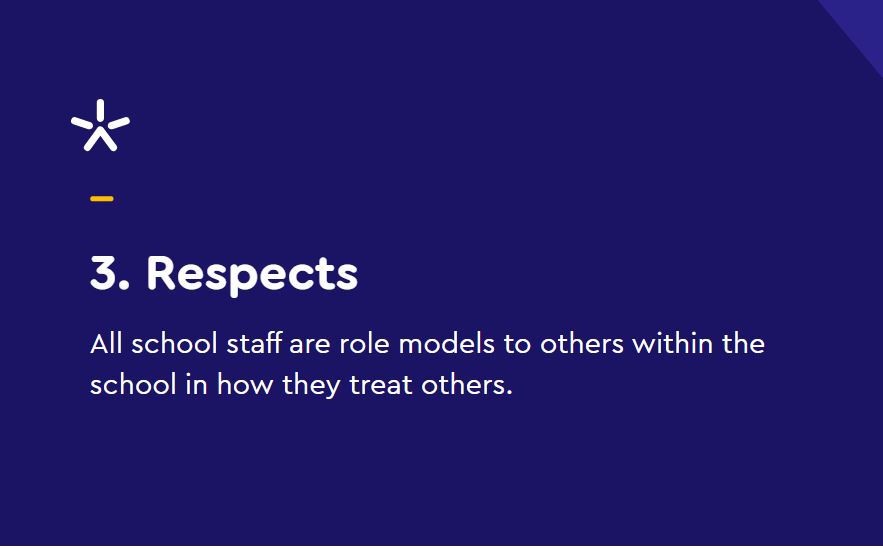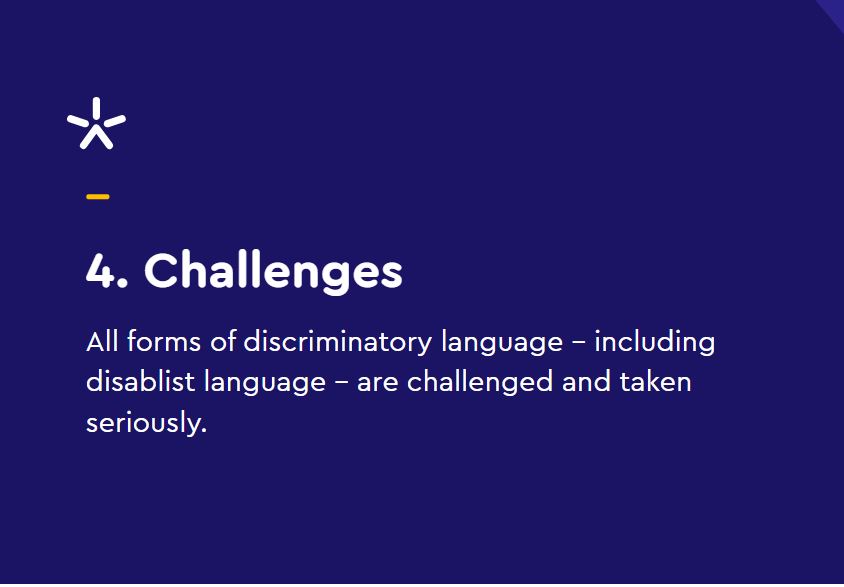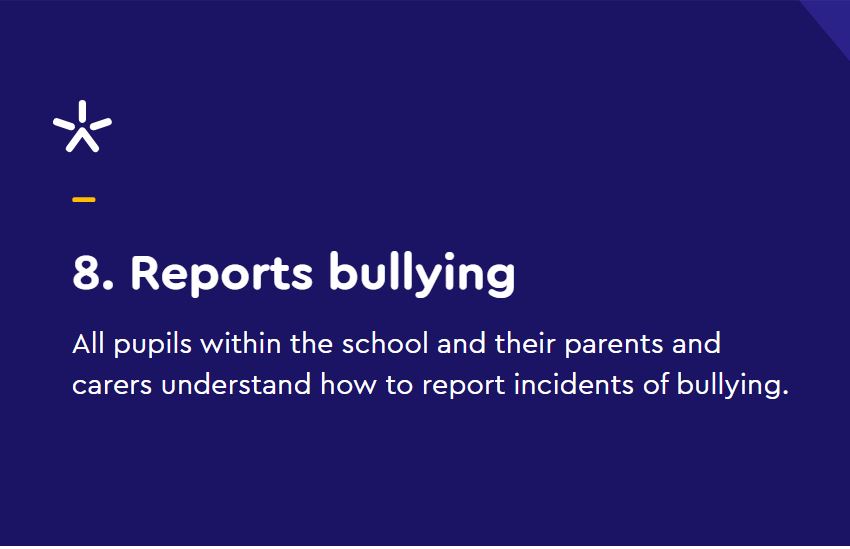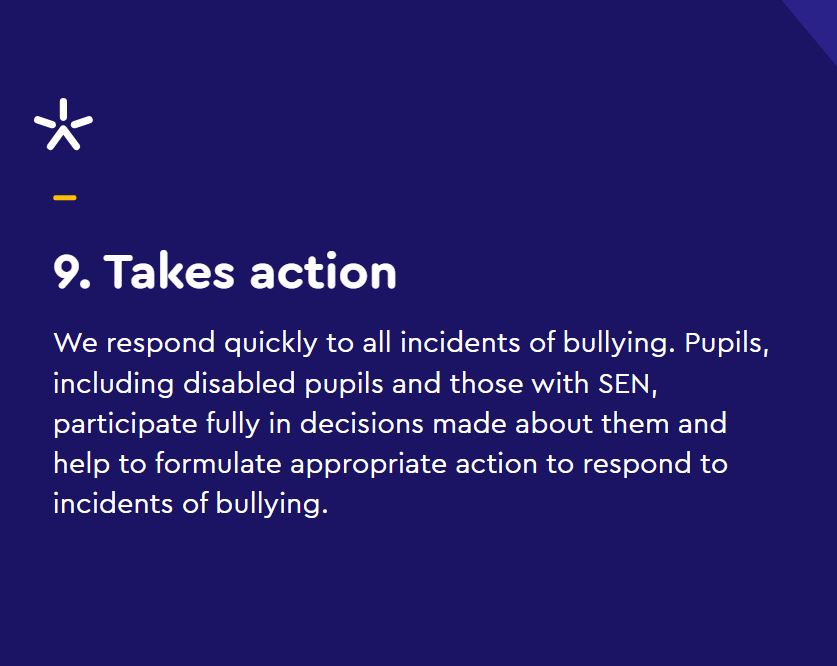Anti-Bullying
What is bullying?
Learning to understand and manage conflict is an important part of growing up. Bullying is not simply a 'falling out'. Research shows that experiencing bullying can have a significant impact on a child's life well into adulthood. A shared definition of bullying helps us to prevent bullying, act quickly when it takes place and avoid misidentifying it.
The repetitive, intentional hurting of one person or group by another person or group, where the relationship involves an imbalance of power.
Bullying can be physical, verbal or psychological.
It can happen face-to-face or online.
Anti-Bullying Alliance
There are four key elements to this definition:
- hurtful
- repetition
- power imbalance
- intentional
Bullying behaviour can be:
- Physical – pushing, poking, kicking, hitting, biting, pinching etc.
- Verbal - name-calling, sarcasm, spreading rumours, threats, teasing, belittling.
- Emotional – isolating others, tormenting, hiding books, threatening gestures, ridicule, humiliation, intimidating, excluding, manipulation and coercion.
- Sexual – unwanted physical contact, inappropriate touching, abusive comments, homophobic abuse, exposure to inappropriate films etc.
- Online/cyber – posting on social media, sharing photos, sending nasty text messages, social exclusion
- Indirect - can include the exploitation of individuals.
10 Principles
We look to the Anti-Bullying Alliance's 10 principles to reduce and respond to bullying.
 |
 |
 |
 |
 |
 |
 |
 |
 |
 |
See our policies page for our school's anti-bullying policy.
